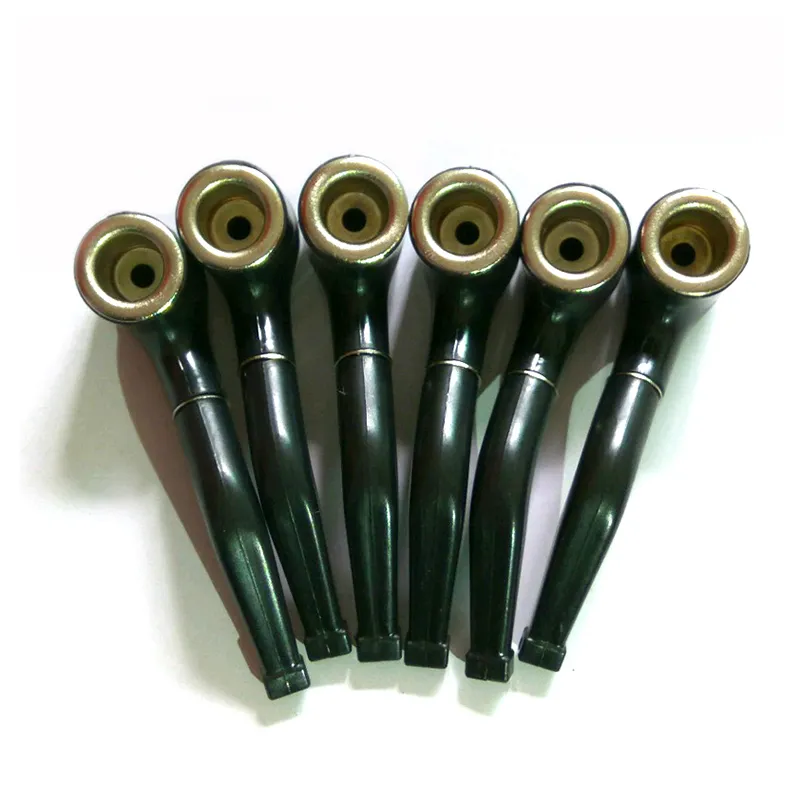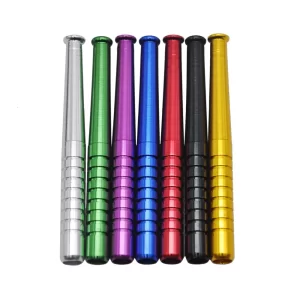Behind every hit of Sour Diesel and Zkittlez is a mother plant quietly holding its genetic lineage together. In today’s cannabis scene, where genetics are currency and consistency is king, mother plants play an essential, often unsung role.
They’re the silent guardians of flavor, effect, and structure, allowing growers to clone their best phenos repeatedly.
Whether you’re tending a few plants at home or running a proper commercial indoor grow, understanding how to select, maintain, and eventually retire a mother plant is a game-changer for your cultivation skills.
What is a cannabis mother plant?
A cannabis mother plant is a plant kept in the vegetative stage indefinitely for one purpose: to produce cuttings (clones) whenever you need them. Instead of letting it flower and harvesting those sweet buds, you keep it growing vegetatively to snip genetically identical offspring continually. This ensures you get the same flavor, cannabinoid content, and growth behavior across harvests.
The practice of keeping mothers has deep roots in cannabis cultivation, especially among growers who value rare or elite cannabis strains. Rather than gambling with cannabis seeds each cycle, cultivators use mother plants to lock in a specific phenotype — the exact expression of a strain’s genetics in terms of smell, structure, resin, and vigor.
Selecting the ideal mother plant
A strong mother starts with strong genetics. Whether beginning from seed or a promising clone, evaluating candidates over time is key. Look for traits like:
- Vigorous growth and quick recovery after taking a few cuttings
- Strong resistance to pests and mold
- Desired terpene expression
- High trichome production
- Structural strength (tight nodes, sturdy branches)
- Uniqueness
Experienced growers typically avoid feminized seeds for mother plants (due to potential stability issues) and instead choose regular seeds to pheno hunt phenotypes.
You’ll usually want to flower test your candidates before selecting a keeper mother, like scouting a team: the best long-term players are often found through patient observation.
The best growing mediums for mother plants
Because mother plants live much longer than flowering plants, what they grow in matters for their long-term health.
Many cultivators prefer high-quality soil for its buffering capacity and support of microbial life. Others opt for coco as a substrate to have more control over feeding schedules. Hydro setups can work, too, but they demand more attention to system cleanliness and maintenance. Whether you’re growing organically or with bottled nutrients, your choice often comes down to your growing style, experience, and what you have on hand.
For container size, bigger is generally better to support extended root system development and reduce transplant frequency. A mother plant in a 5- to 10-gallon container will be much happier than one crammed in a 1-gallon pot.
Setting up the right environment
Mother plants thrive under stable, veg-specific conditions:
- Light: 18 to 24 hours of light per day, with a blue-leaning spectrum ideal for vegetative growth
- Temperature: Between 70°F and 85°F (21°C to 29°C)
- Humidity: Around 50% to 70% relative humidity
- Airflow: Steady circulation is essential to prevent mold and pests
Remember: while the idea is to keep these plants in veg, it’s typically only sustainable for months. Over time, the plant will grow too large or woody to be practical.
At that point, many growers take a healthy clone and start a new mother from it to continue the line.
Maintaining healthy mother plants
Mother plants need more attention than your average veg plant. Focus on:
- Regular pruning: Encourages new growth and provides access to strong cloning sites
- Balanced feeding: Maintain nitrogen-rich nutrition without overdoing it
- Integrated pest management: Long-lived plants are vulnerable to persistent pests — prevention is critical
Understanding genetic age and loss of vigor
Here’s something that trips up even experienced growers: While clones are genetically identical to their parent, a plant’s genetic age does not reset with each cutting. A clone may look young, but its DNA carries the age of the original plant.
Over time, and especially when making new mothers from old clones, plants can start showing genetic drift and lose vigor:
- Slower recovery from stress
- Reduced trichome production
- Weaker rooting ability
- More susceptibility to pests and pathogens
This is why savvy growers periodically revisit seed stock or hunt fresh phenotypes rather than running the same genetics for years.
Recognizing when it’s time to retire a mother
Letting go is hard, mainly when a mother produces clones for months. Even the best mother plants have a shelf life. Knowing when to let go is part of the grower’s discipline.
Signs it’s time to retire a mother plant:
- Slower growth and reduced vigor
- Consistently weak or hard-to-root clones
- Structural challenges (overgrowth, woodiness, or poor recovery from pruning)
- Recurrent pest or mold issues despite control efforts
Replacing a mother with a new, vibrant clone is often the best way to preserve a strain while keeping overall garden health in check.
The risk of viruses and hidden pathogens
One of the serious threats to mother plants is hop latent virus (HLV or HLPV), a stealthy pathogen that’s been hammering commercial and home grows alike. Infected plants might look normal at first, but their clones often develop “dudding” syndrome:
- Brittle stems
- Reduced trichome production (sometimes by 30% or more)
- Stunted growth
- Leaf deformation
Once a mother is infected, the virus continues to spread through every cut. There is no known cure, and most growers remove infected plants entirely.
Smart prevention includes:
- Testing new acquisitions before introducing them to your mother room
- Sterilizing tools between plants (70%+ isopropyl alcohol works)
- Maintaining strict quarantine protocols
- Washing hands and changing clothes after visiting other gardens
Cloning techniques for success
When taking cuttings from mother plants:
- Choose vigorous, healthy stems that aren’t woody
- Use sterilized scissors or scalpels
- Dip cuttings in rooting hormone
- Place in high-humidity propagation domes
- Keep temperatures between 70°F and 80°F and high humidity (~80% and 100%)
If your clones consistently struggle to root, it might be time to evaluate your mother’s health. Healthy mothers produce healthy babies — it’s that simple.
Space-saving strategy: bonsai mother plants
For growers with limited space, bonsai mother plants are a practical solution. Bonsai mother plants are miniature versions of full mothers, carefully pruned to stay small while still producing viable cuttings.
To maintain cannabis bonsai mothers:
- Use small containers (1 to 2 gallons) to restrict root growth
- Prune both foliage and roots regularly
- Train branches horizontally using soft wire or plant ties
- Keep the central stem short through topping
- Reduce feeding to match the plant’s compact size
Though labor-intensive, bonsai techniques allow growers to keep multiple cultivars alive and accessible without taking up an entire room.
Good mothers build great gardens
Healthy mother plants are the key to consistent, high-quality harvests. But their actual value lies not just in surviving — it’s in producing clones that carry forward all the characteristics you chose in the first place.
Knowing when to refresh your stock, how to spot early issues, and how to manage genetic age separates casual growers from those who consistently produce top-shelf flower.
The art of growing cannabis is rooted in choices, and choosing to protect your genetics through careful mother plant management is one of the best choices a grower can make.

























